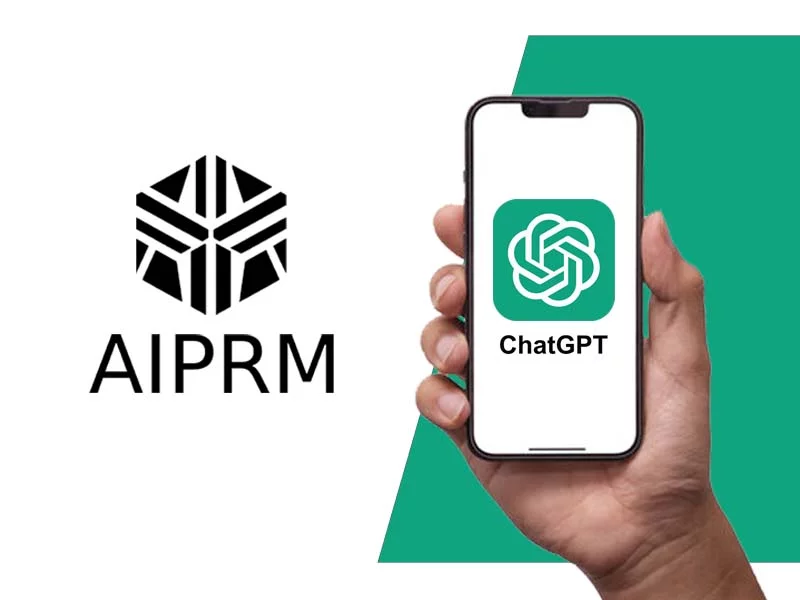
Artificial Intelligence (AI) has been rapidly transforming various industries. There is one area where its impact is particularly significant is its risk management. AI-powered risk management (AIPRM) leverages advanced algorithms and machine learning techniques to enhance the identification, assessment and mitigation of risks across different sectors. By exploiting the power of AI, organizations can make data-driven decisions, predict the potential threats. It can also proactively manage risks to safeguard their operations and assets.
Understanding AIPRM
Traditional risk management approaches often rely on historical data and manual analysis, which can be time-consuming, error-prone and limited in scope. AIPRM, on the other hand, enables organizations to analyze vast amounts of structured and unstructured data in real-time, identify patterns and trends and generate actionable insights to mitigate risks effectively.
AI algorithms can detect anomalies, predict future outcomes and automate risk assessment processes, allowing organizations to stay ahead of potential threats and vulnerabilities. By integrating AI technologies such as machine learning, natural language processing and predictive analytics, AIPRM empowers organizations to make informed decisions and optimize risk management strategies.

Applications of AIPRM
- Financial Services: In the banking and finance sector, AIPRM is used to detect fraudulent activities, assess credit risks and optimize investment portfolios. AI algorithms can analyze transaction data, identify suspicious patterns and provide real-time alerts to prevent financial losses.
- Cybersecurity: AIPRM plays a crucial role in cybersecurity by identifying security breaches, predicting cyber threats and strengthening defense mechanisms. AI-powered tools can analyze network traffic, detect malware and proactively respond to cyber attacks to protect sensitive data and infrastructure.
- Supply Chain Management: By leveraging AI for risk management in supply chains, organizations can identify potential disruptions, optimize inventory levels and enhance supplier relationships. AIPRM enables proactive risk mitigation strategies, such as demand forecasting, inventory optimization and supply chain visibility.
- Insurance Industry: Insurers use AIPRM to assess risks, underwrite policies, and predict claim outcomes more accurately. AI algorithms can analyze customer data, assess risk profiles and personalize insurance offerings to improve customer satisfaction and reduce claim processing times.
- Healthcare Sector: AIPRM is increasingly being adopted in healthcare to identify clinical risks, improve patient outcomes and enhance operational efficiency. AI-powered tools can analyze medical data, predict disease patterns and optimize treatment plans to provide personalized healthcare services.
Benefits of AIPRM
- Enhanced Risk Identification: AIPRM enables organizations to identify risks in real-time, detect anomalies and predict potential threats before they escalate.
- Improved Decision-Making: By providing data-driven insights and predictive analytics, AIPRM helps organizations make informed decisions and optimize risk management strategies.
- Cost Savings: AIPRM automates risk assessment processes, reduces manual errors and minimizes operational costs associated with risk management.
- Proactive Risk Mitigation: AI algorithms can proactively identify and mitigate risks, enabling organizations to prevent potential losses and disruptions.
- Scalability: AIPRM can analyze vast amounts of data at scale, allowing organizations to adapt to evolving risks and changing business environments.

Challenges and Considerations
While AIPRM offers numerous benefits, organizations need to address certain challenges and considerations when implementing AI-powered risk management strategies. These include:
- Data Quality and Privacy: Ensuring data accuracy, integrity and privacy is crucial for the effectiveness of AIPRM algorithms.
- Algorithm Bias: Organizations must mitigate algorithmic bias and ensure fairness and transparency in risk assessment processes.
- Regulatory Compliance: Adhering to regulatory requirements and industry standards is essential when implementing AIPRM solutions.
- Human Oversight: While AI plays a significant role in risk management, human oversight is necessary to interpret results, make informed decisions and ensure ethical use of AI technologies.
AI-powered risk management is revolutionizing the way organizations assess, mitigate and manage risks across various industries. By exploiting the capabilities of AI algorithms and machine learning techniques, organizations can enhance risk identification, improve decision-making and proactively mitigate threats to safeguard their operations and assets. As AIPRM continues to evolve, organizations need to embrace innovation, address challenges and leverage AI technologies to optimize risk management strategies in an increasingly complex and dynamic business environment.
More Related Topics :-
Revolutionizing Indian Economy with the Power of 5G and AI Technologies
Sora AI: OpenAI’s Text-to-Video AI Model Revolutionizing Content Creation
Current Affairs World Unveiling the Visionary Leadership of Mira Murati: Interim CEO of OpenAI


